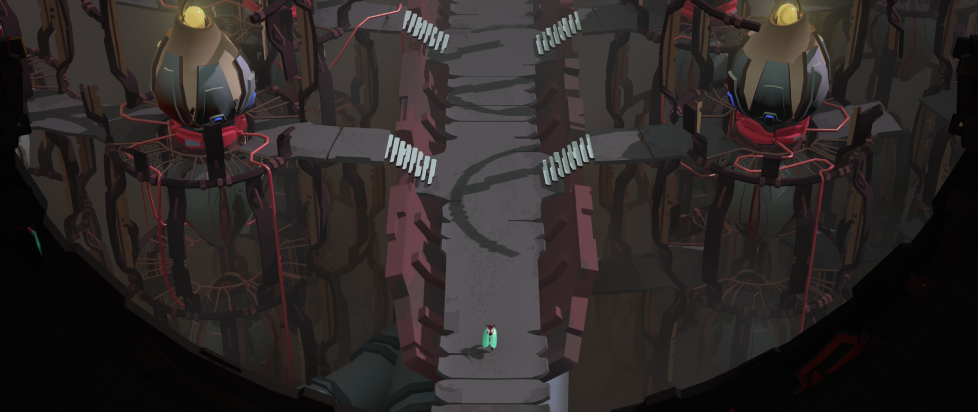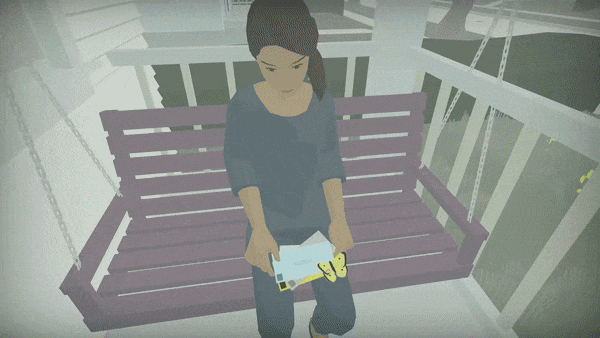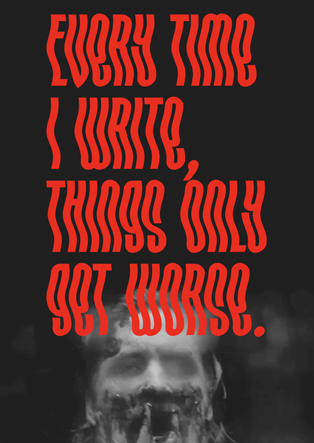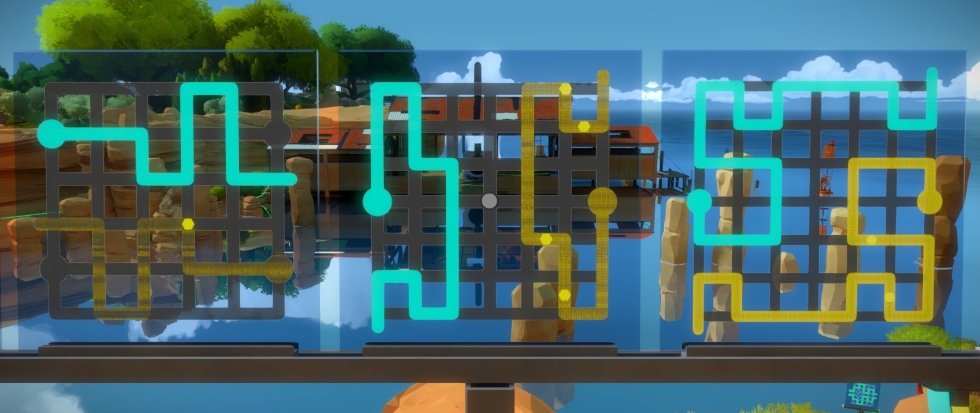
Fun in N-dimensions
Many arguments have been made over the years as to what makes videogames a uniquely worthwhile form of entertainment. Most common among these will be familiar to anyone who’s experienced an E3 trailer, from the promise of unbridled freedom in the latest sprawling RPG, to unrivaled cinematic action and performance capture in the new AAA system-seller. These approaches are still hugely popular and do well to tap into the things that make modern games so engaging – look no further than the recent commercial and critical success of Baldur’s Gate 3. But many of these selling points are perhaps not as unique to games as they once seemed. Tabletop role-playing games are more popular than they’ve ever been, and many people would rather find a sense of adventure around a table with some friends than sat in front of a PC. Similarly, as big budget games become increasingly lifelike and cinematic, they can sometimes feel more like movies with bouts of interaction between dialogue scenes, rather than something that could only be captured in an interactive format.
So what, in 2023, can video games offer that other media can’t? One answer can be found in this year’s exquisitely-crafted Cocoon, from Danish developer Geometric Interactive. On its surface Cocoon appears to be a stylish, if rather simple, puzzler about an insectoid creature moving colored spheres to unlock paths and progress through a barren world. The trick of the game’s design, however, becomes apparent when you realize that each of these orbs is a whole world within itself, with its own architecture, aesthetics and suite of obstacles to traverse. These worlds can be nested within each other in different orientations, and success requires the player to have a clear mental conception of how each of these planes of reality are oriented with respect to each other. While this sounds pretty confusing, the game’s smart, clear presentation ensures that the player can always keep a clear mental picture of the relative permutations of each world-sphere, without the need for heavy-handed exposition or dialogue. This multi-dimensional design is core to the experience of Cocoon, and is a structure which relies on a specific combination of presentation and interactivity only possible within a video game.

Cocoon represents the latest in a lineage of games in which the player’s experience in 2D or 3D space must be manipulated in imaginative ways in order to succeed. Valve’s seminal 2007 hit Portal blew minds with its puzzles based around free manipulation of wormholes through space, such that the player must mentally recontextualize the game’s simple industrial geometry beyond the simple three dimensions. Since Portal’s release, a number of similarly reality-warping games have found new ways to mess with the player’s experience of space. From Manifold Garden’s infinitely-looping worlds and the impossible geometry of Monument Valley, to Viewfinder and Superliminal, which play with the familiar perspective of a first-person camera to distort the size and orientation of objects and scenery in mind-melting ways. Cocoon itself builds on an idea presented in 2022’s Patrick’s Parabox, a block-pushing puzzle game in which the blocks themselves are sub-levels which can be entered and explored. These experiences are inarguably engaging, and can quickly catch the attention with a short gif showing off the game’s core mechanical trick. But can the level of mechanical imagination exhibited by these experiences expand beyond the niche of “puzzlers with an eye-catching gimmick”? While the Portal games are as celebrated for their writing as they are for their gameplay, games in this mold often de-emphasize story and dialogue to let the gameplay shine.
This pattern has, however, started to change in recent years. 2021’s Maquette again plays with perspective to present puzzles within a recursive, nested series of puzzlebox environments (think dollhouses within dollhouses), but does so across a series of vignettes representing scenes from the course of a tumultuous relationship, and overlaid with dialogue from the two main characters. In a similar vein, the protagonist of 2022’s Hindsight, Mary, flies through fragments of memories through the player reorienting the camera around objects and scenes, allowing the changing perspective to mutate the environment into something new. Zooming in on the yellow wings of a butterfly transforms them into a field of bright flowers, while the patterns on a caterpillar’s chrysalis morph into the towering trees of a forest, each new scene another puzzle piece in Mary’s childhood recollections.

While this subsection of puzzle experiences will likely persist as its own subgenre, the popularity of this school of game design is starting to show its impact on the industry at large in substantial ways. Sometimes the influence is fairly obvious – Splitgate is an unashamed blend of Portal’s mechanics with the shooting of Halo, a recipe so obviously ripe for chaotic fun that it’s a wonder it took until 2019 for such a game to release. Other influences are, however, a little more subtle. Hideo Kojima’s now legendary P.T., a “playable teaser” for a never-to-be-released Silent Hill game is renowned as one of the scariest games around, and much of its potency is derived from the claustrophobic constraints of it’s infinitely-looping household corridor, which becomes increasingly uncanny and unsettling with each loop. Horror games are perhaps some of the most fertile ground for distorting a player’s experience of interactive 3D space, and many other games in the horror genre have also messed with the player’s experience of their surroundings by altering the laws governing the physical space around them, including Bloober Team’s Layers of Fear games, and the foggy, endless pocket dimensions of the hollow planet Dark Bramble in 2019’s Outer Wilds.
It’s hard to see how these sorts of experiences could be captured in such an effective way in a non-interactive format. Being shown a doorway opening into a space that shouldn’t exist is far less impactful than walking through that door yourself. While something like Christopher Nolan’s Inception, Doctor Strange’s Mirror Dimension, or Doctor Who’s TARDIS can capture twisting and folding of complex 3D environments, the unreality of the space can’t really be felt in an orchestrated cinematic shot – we get merely an abstract expression, vicariously through the characters’ experience of a world beyond simple Euclidean geometry. In the closing moments of Cocoon, I was actively reckoning with a constantly shifting Russian doll of multiple worlds – some of which containing versions of themselves in an infinite recursive loop – and in doing so came much closer to an artistic expression of multi-dimensionality than any film could hope to conjure.
———
Jonathan is a biological researcher by day, but spends much of the rest of his time obsessing over games, music and music in games. You can follow him on Twitter, on Bluesky.and at Medium.





